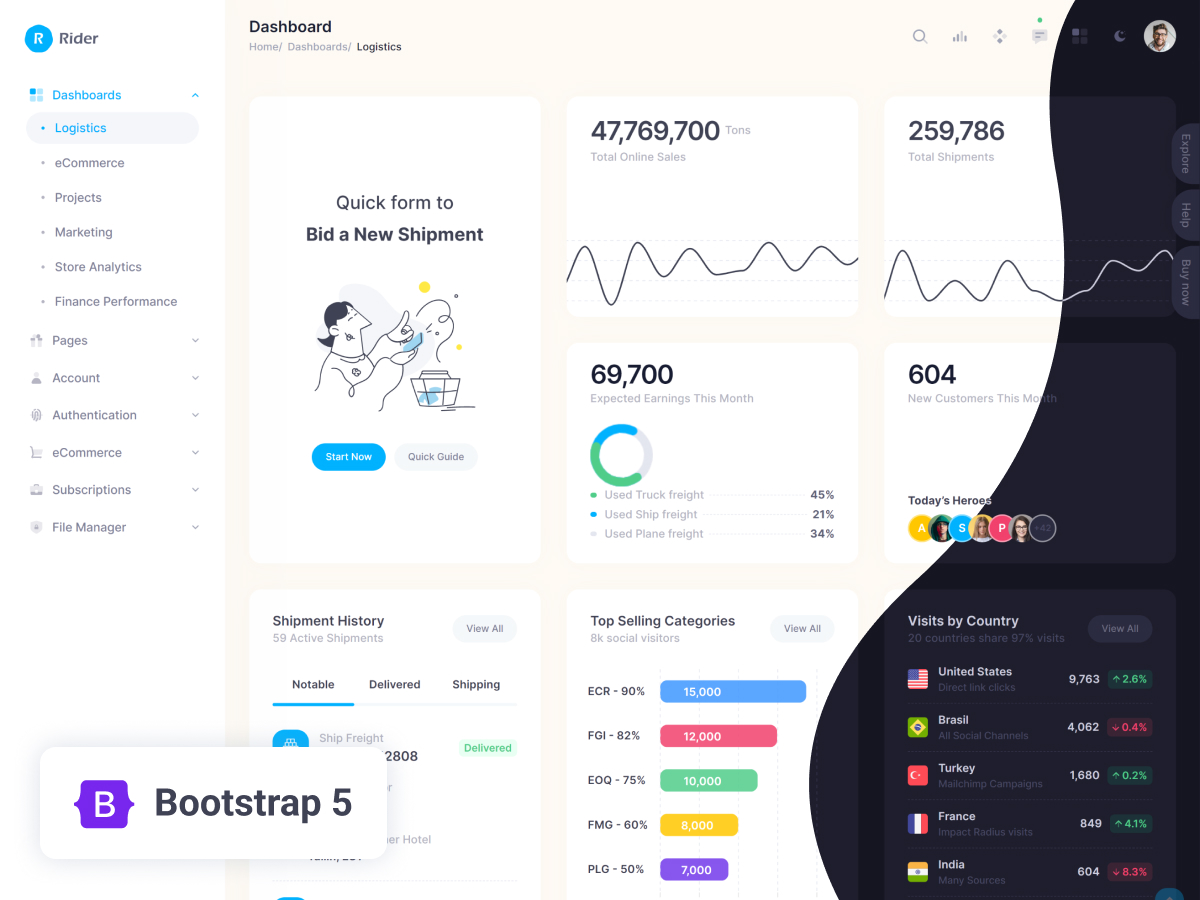高德娱乐,注册|The Role of Email Segmentation in Your Marketing Strategy
The Role of Email Segmentation in Your Marketing Strategy
Email marketing is a powerful tool for businesses of all sizes. It allows you to connect with your customers on a personal level, promote your products or services, and drive sales. However, not all email marketing campaigns are created equal. In order to get the most out of your email marketing efforts, you need to segment your email list.

What is Email Segmentation?
Email segmentation is the process of dividing your email list into smaller, more targeted groups based on shared characteristics such as demographics, interests, and behavior. By segmenting your email list, you can send more relevant and engaging emails to your subscribers, which can lead to increased open rates, click-through rates, and conversions.
Why is Email Segmentation Important?
There are many benefits to segmenting your email list, including:
Increased open rates: When you send emails to a segmented list, you are more likely to reach people who are actually interested in what you have to say. This can lead to a significant increase in open rates.
Improved click-through rates: When you send emails that are relevant to your subscribers, they are more likely to click on the links in your emails. This can lead to improved click-through rates and increased traffic to your website.
Higher conversion rates: When you send emails that are tailored to your subscribers' needs, they are more likely to convert into customers. This can lead to higher conversion rates and increased sales.
Better customer engagement: When you send emails that are relevant and engaging, you are more likely to build strong relationships with your customers. This can lead to increased customer loyalty and repeat business.
How to Segment Your Email List
There are many different ways to segment your email list. The best approach will depend on your specific goals and the data you have available. Here are a few common methods for segmenting your email list:
Demographics: You can segment your email list by demographic information such as age, gender, location, and income. This information can be collected through surveys, forms, or website analytics.
Interests: You can segment your email list by interests using data from surveys, website analytics, or social media. This information can be used to send subscribers emails about products or services that they are likely to be interested in.
Behavior: You can segment your email list by behavior using data from email analytics, website analytics, or CRM data. This information can be used to send subscribers emails that are tailored to their specific needs and interests.
Types of Email Segmentation
Once you have decided how you want to segment your email list, you can start creating segments. There are many different types of email segments that you can create, including:
Active subscribers: These are subscribers who have opened or clicked on your emails in the past.
Inactive subscribers: These are subscribers who have not opened or clicked on your emails in a while.
New subscribers: These are subscribers who have recently subscribed to your email list.
High-value subscribers: These are subscribers who have purchased from your store or made a donation to your cause.
Low-value subscribers: These are subscribers who have not purchased from your store or made a donation to your cause.
Best Practices for Email Segmentation
Here are a few best practices for email segmentation:
Start small. Don't try to segment your email list all at once. Start by segmenting your list by one or two criteria, such as demographics or behavior.
Use data to inform your segmentation. Don't guess what your subscribers want. Use data to learn about their interests and behavior, and then use that information to create segments that are relevant to them.
Test your segments. Once you have created a few segments, test them to see how they perform. Send different emails to each segment and track open rates, click-through rates, and conversions. This will help you to fine-tune your segments and improve your email marketing results.
Conclusion
Email segmentation is a powerful way to improve your email marketing results. By segmenting your list, you can send more relevant and engaging emails to your subscribers, which can lead to increased open rates, click-through rates, and conversions.
